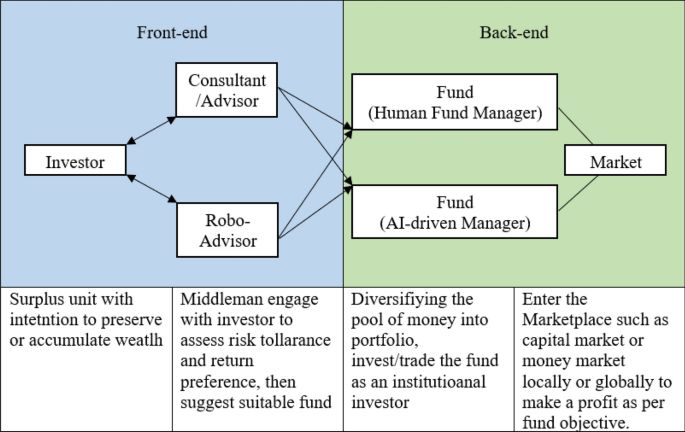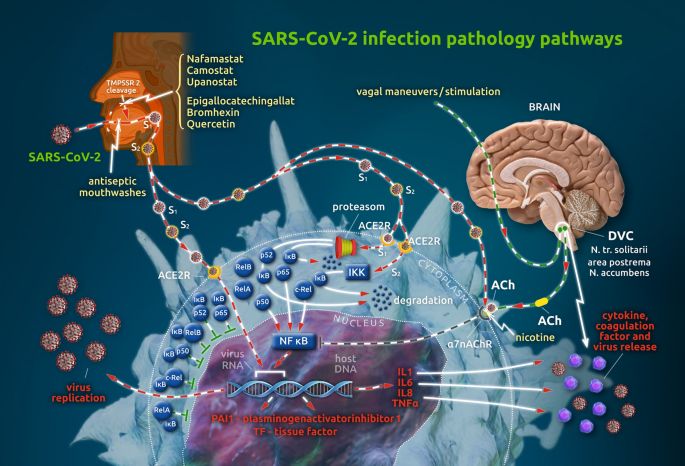
bit.ly/3LXlzSC
#MedSky




bit.ly/3LXlzSC
#MedSky
bit.ly/476oSxs

bit.ly/476oSxs
bit.ly/42MhVRm
#PsychSky

bit.ly/42MhVRm
#PsychSky
Read more: bit.ly/48dDgEZ
Read more: bit.ly/48dDgEZ
bit.ly/4poPMZ1

bit.ly/4poPMZ1




#MedSky

#MedSky
#MedSky

#MedSky
#MedSky #OncoSky

#STS

#STS
#Epigenetics

#Epigenetics
Read more here: bit.ly/3X5VCCC
#MedSky #DiscoverJournals #CleanWater #Sanitation
Read more here: bit.ly/3X5VCCC
#MedSky #DiscoverJournals #CleanWater #Sanitation
#STS

#STS
#PsychSciSky

#PsychSciSky

Read more here: bit.ly/3LZW96E




Read more here: bit.ly/3LZW96E
This case study shows how a Springer Nature collection published in a Discover journal led to WHO citations & worldwide recognition: bit.ly/4hZEyYB
#MedSky

This case study shows how a Springer Nature collection published in a Discover journal led to WHO citations & worldwide recognition: bit.ly/4hZEyYB
#MedSky
bit.ly/4jzPUSK
#MedSky

bit.ly/4jzPUSK
#MedSky
This #WorldDiabetesDay, we highlight how pharmacist-led education in Nigeria helps people with diabetes and hypertension take charge of their health. Awareness is the first step.
bit.ly/49RMhWt
#MedSky




This #WorldDiabetesDay, we highlight how pharmacist-led education in Nigeria helps people with diabetes and hypertension take charge of their health. Awareness is the first step.
bit.ly/49RMhWt
#MedSky
#MedSky

#MedSky
bit.ly/42PM01g
#OncoSky #MedSky

bit.ly/42PM01g
#OncoSky #MedSky
bit.ly/3S28GX8
#PsychSciSky
#STS

bit.ly/3S28GX8
#PsychSciSky
#STS

